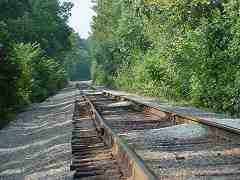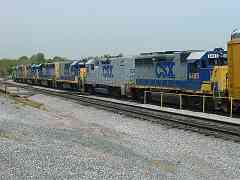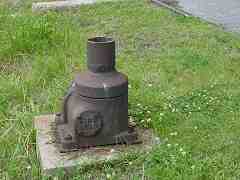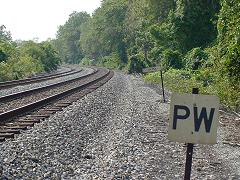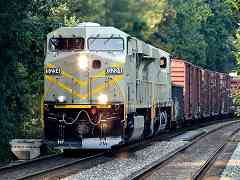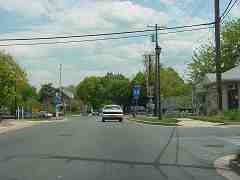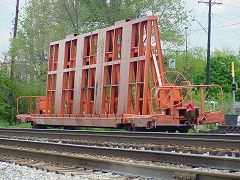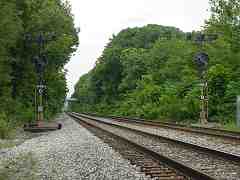|
This 8-engine lashup remains the longest I've seen. Why are so many
tied together sometimes? It was pulling an ordinary autorack train
of the type that at other times keeps only 2 engines busy.
Participating were, in order, CSX 9016, FURX 3042, CSX ?, 6435,
6486, 2299, 2204, and 6485.
Reader Greg Pope replied:
"Sometimes, railroads attach extra power (sometimes offline) in order to
move the units from a yard with extra power to a yard without enough power. Also,
units may be shuffled from a yard without maintenance facilities to a yard with
maintenance facilities. With most of the units offline, the train really has only
the required amount of power online."
Al Moran agrees:
"All that power is probably being moved to another location for another train. Also, the last
2 are slug sets, not 4 engines but 2. It is not uncommon for power to be shipped, say, from
Cumberland (after being shopped) to protect trains in Baltimore or other places..."
|

